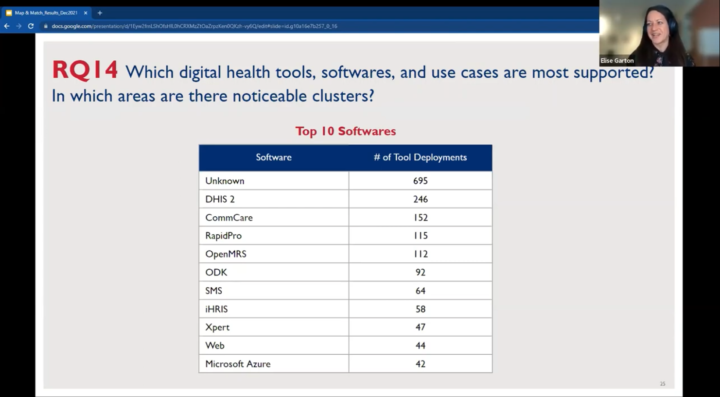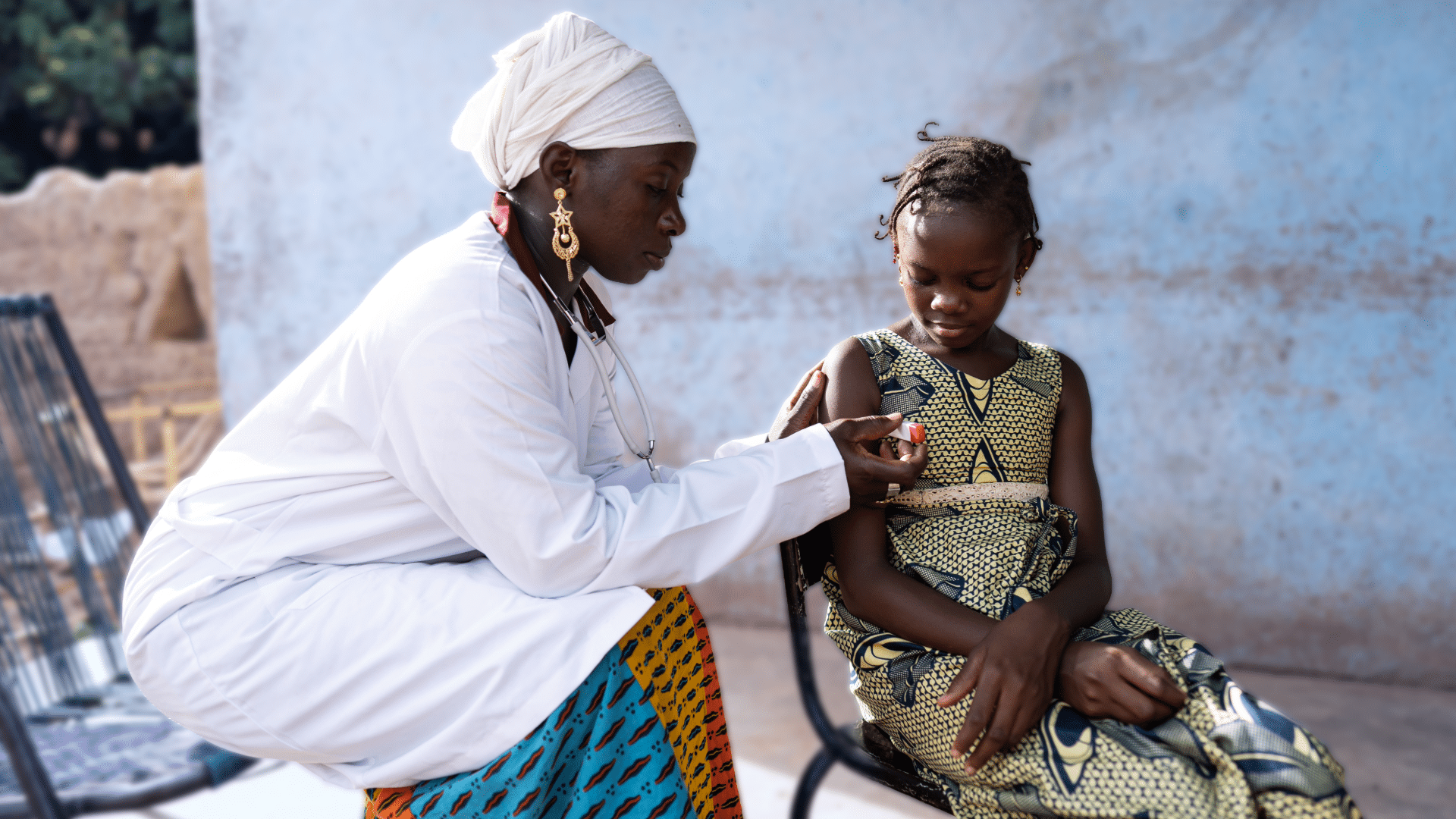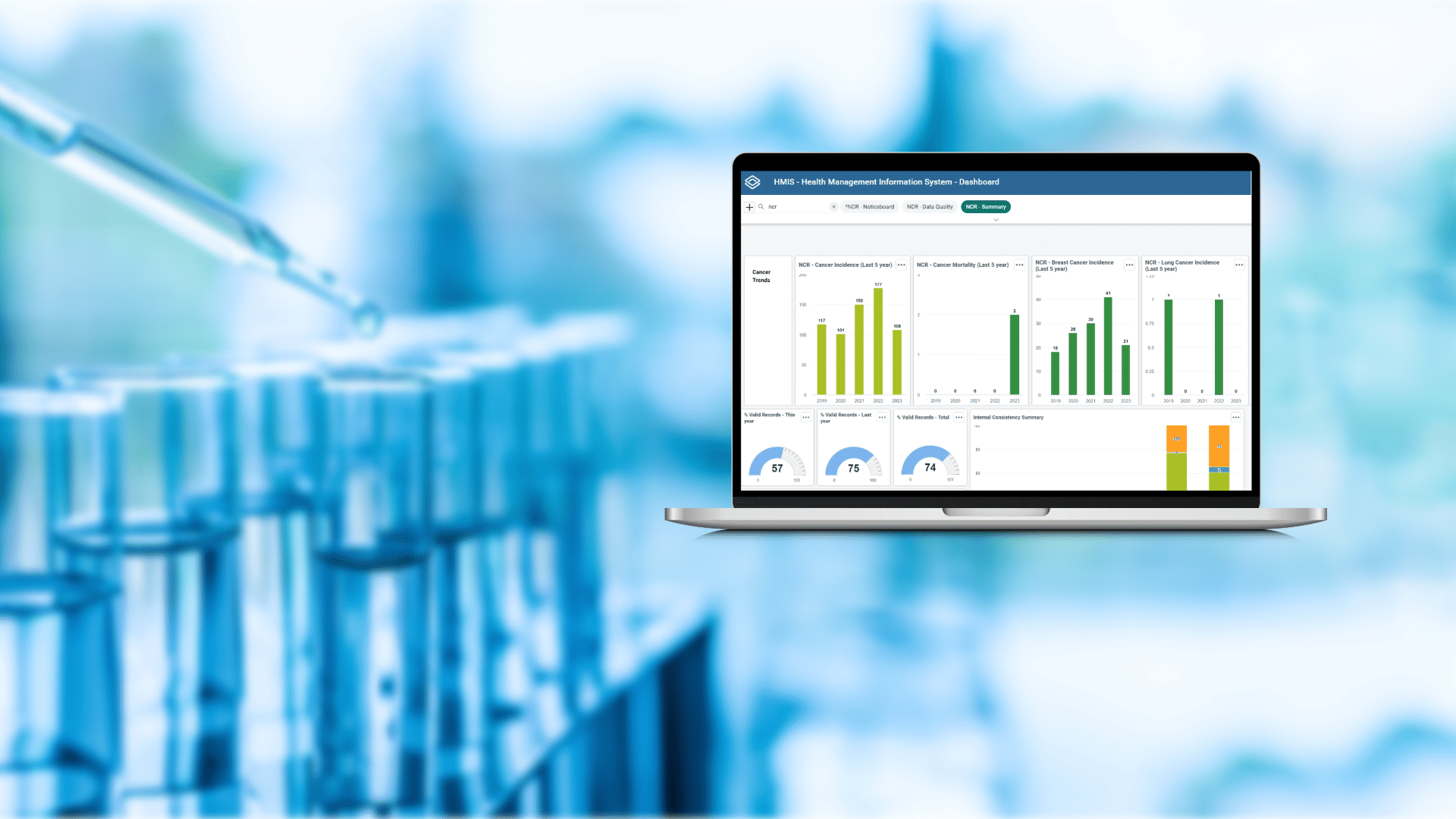DHIS2 News: DHIS2 featured in findings from USAID Map & Match project
Digital Square’s survey of digital tools for COVID-19 response list DHIS2 as the most commonly used software deployed at national scale
Map & Match is a project funded by the United States Agency for International Development (USAID) with the aim of helping countries, donors, implementing partners and the global digital health community to leverage and adapt existing digital tools in response to the COVID-19 pandemic. The project is partially inspired by learnings from the West Africa Ebola outbreak, specifically that “prioritizing the reuse and adaptation of existing digital tools is vital to quickly scale access to time-sensitive disease information and data.”
Work on Map & Match has been coordinated by Digital Square, and includes data sets and mappings of global goods, as well as more than 20 in-depth country briefs. On March 1st, 2022, Digital Square hosted a webinar to summarize their findings from the Digital Tool Mapping for COVID-19. In their presentations of most commonly used software tools both in general and of digital tools specifically used for COVID-19 response, DHIS2 came in first by a significant margin. The HISP network (as represented by the University of Oslo as overall coordinator) was also listed among the top digital tool implementing organizations.

Since the beginning of the COVID-19 pandemic, HISP UiO and the HISP network have stressed the importance of reusing existing software systems and leveraging local capacity as key factors in scalable and sustainable deployment of digital tools for pandemic response. The findings from the Map & Match project indicate that many countries have taken this approach in their COVID-19 response by reusing and innovating on their existing DHIS2 systems, which has allowed more than 50 countries to rapidly reach national scale with Tracker-based programs for COVID-19 surveillance and vaccine delivery.
While there are several catalogs and guides to digital tools for COVID-19 response, one key piece of information the findings from Map & Match provide is this insight into the scale and scope of digital tools. As Merrick Schaefer from USAID put it during the webinar, “scale …is so important.”
“The distinction between a seven-facility tool that is being used as part of a research project to collect data and a national system trying to do the same thing really matters a lot in terms of both the challenges that arise from fragmentation and data exchange as well as duplicative investments, and so trying to tease that information out is something I really feel like we as a community can do better, to try to make sure that the largest investments at least – or the ones that are planned at the national level to be national-level tools – do really surface to the top.”
Merrick Schaefer
Senior Digital Health Advisor, USAID
68 countries now use DHIS2 at national scale to manage their health information. Several countries are now working on scaling up their systems for individual data management for a variety of health programs, building in many cases on investments made for COVID-19 response. HISP UiO continues to work with our international and country partners to help them take advantage of this existing DHIS2 scale and capacity to further strengthen their health information systems to enable them to meet today’s needs and adapt to tomorrow’s challenges.
Watch a recording of the webinar on Map & Match project findings on the Digital Square YouTube channel.


